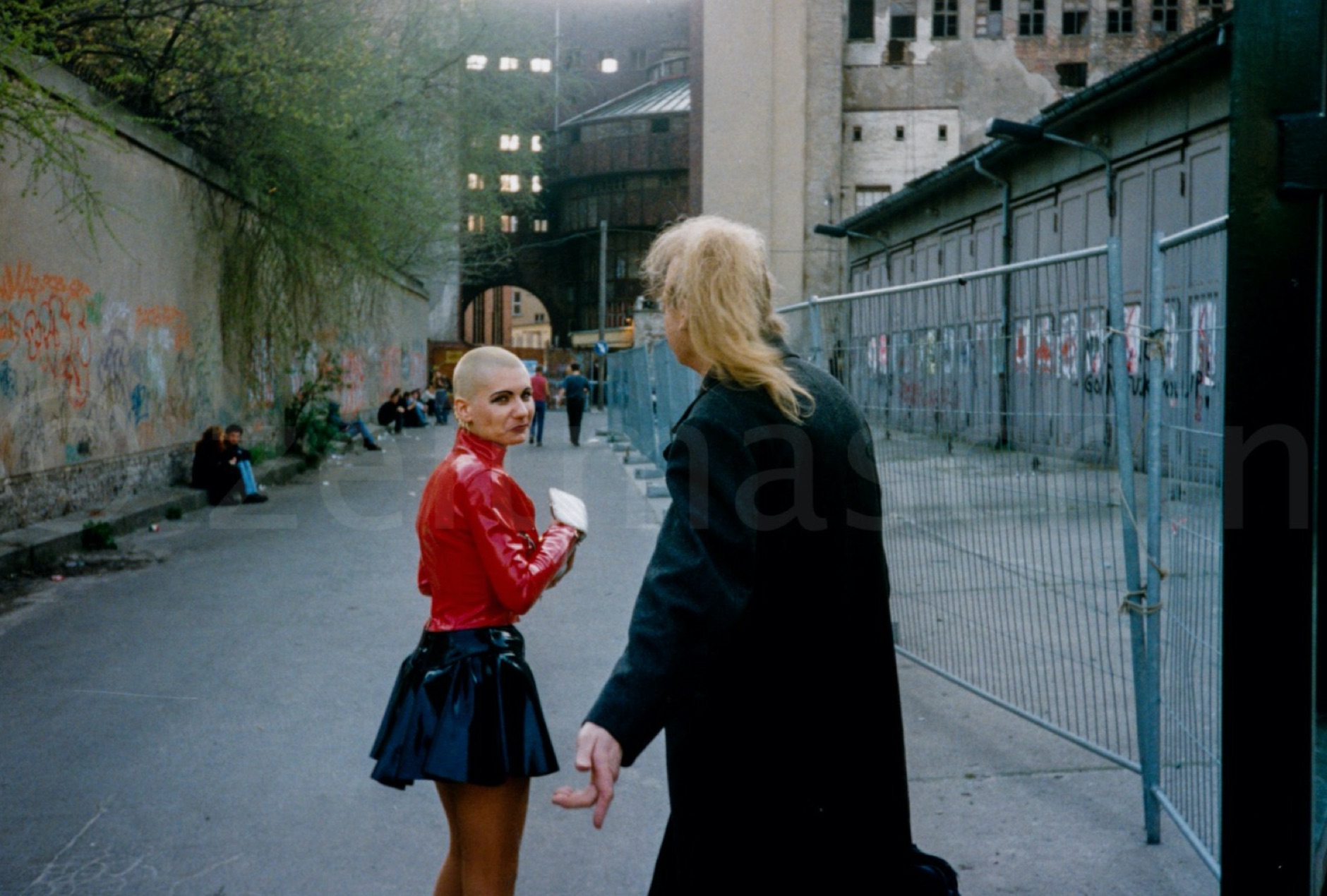By the late 90s techno peaked commercially. In the wake of its mainstream success it got diluted and lost its creative spark. While the media lost interest, the scene went back underground. During the 2000s once vibrant local scenes and clubs all over Germany struggled. Not so in Berlin. Rejuvenated, it rose to reinforce its status as world leading techno hotspot and destination for clubbers from all over the world. And again, coincidence played a major role in this development.
In 2004, the first Easyjet planes landed in Berlin. Compared to other big western cities like London, Paris or New York, the costs of living were cheap, the economic pressure low and, even 15 years after the Wall had fallen, Berlin was still in transition with a lot of available spaces in the heart of the city. Unique circumstances that tickled the imagination of creative and forward thinking minds. Historically liberal curfew laws only added to the allure of a city that promised free expression and started to market itself as “poor but sexy.”
Throughout the mid 2000s Berlin finally became a truly international and more diverse metropolis. While the world took notice and the number of tourists and expats flocking in grew, Berlin’s club scene carried on with their traditions: dancing in brutalist post-industrial spaces, rejecting celebrity-culture and welcoming those who come to explore and co-create instead of simply consuming the perks of a city that never seems to sleep. As the make-up of Berlin’s population changed, some of the most forward thinking party series and club nights started to be initiated by ex-pats from all over the world: Homopatik, Gegen, Buttons, Lecken, Creamcake, Cocktail D’Amore, Pornceptual … the list goes on — and is a testament to the creative power of the city’s LGBTQ+ community.
Today, in 2020, Berlin’s recent past has been nearly as mythologized as the anarchic beginnings in the early 90s. Tales of debauchery and 72 hours party marathons at famed clubs like Berghain or Griessmühle still shape the image of the city. 30 years after the big bang of the Wall coming down club culture is a part of the city’s DNA. It’s its biggest economic success story. And yet, in the wake of the Corona pandemic, it faces an existential threat. Neglected by politics the impact of the pandemic is by far the biggest challenge club culture has seen, yet.
Whatever the future holds, there is a new generation waiting to leave their mark on rave’s history. Despite the challenges of commercialization, homogenization or gentrification that come with 30 years of club culture, in its best moments clubbing can still transcend differences as if they no longer matter. So long as you are willing to let go and participate.
Listen to our playlist, inspired by the energy of the scene.


